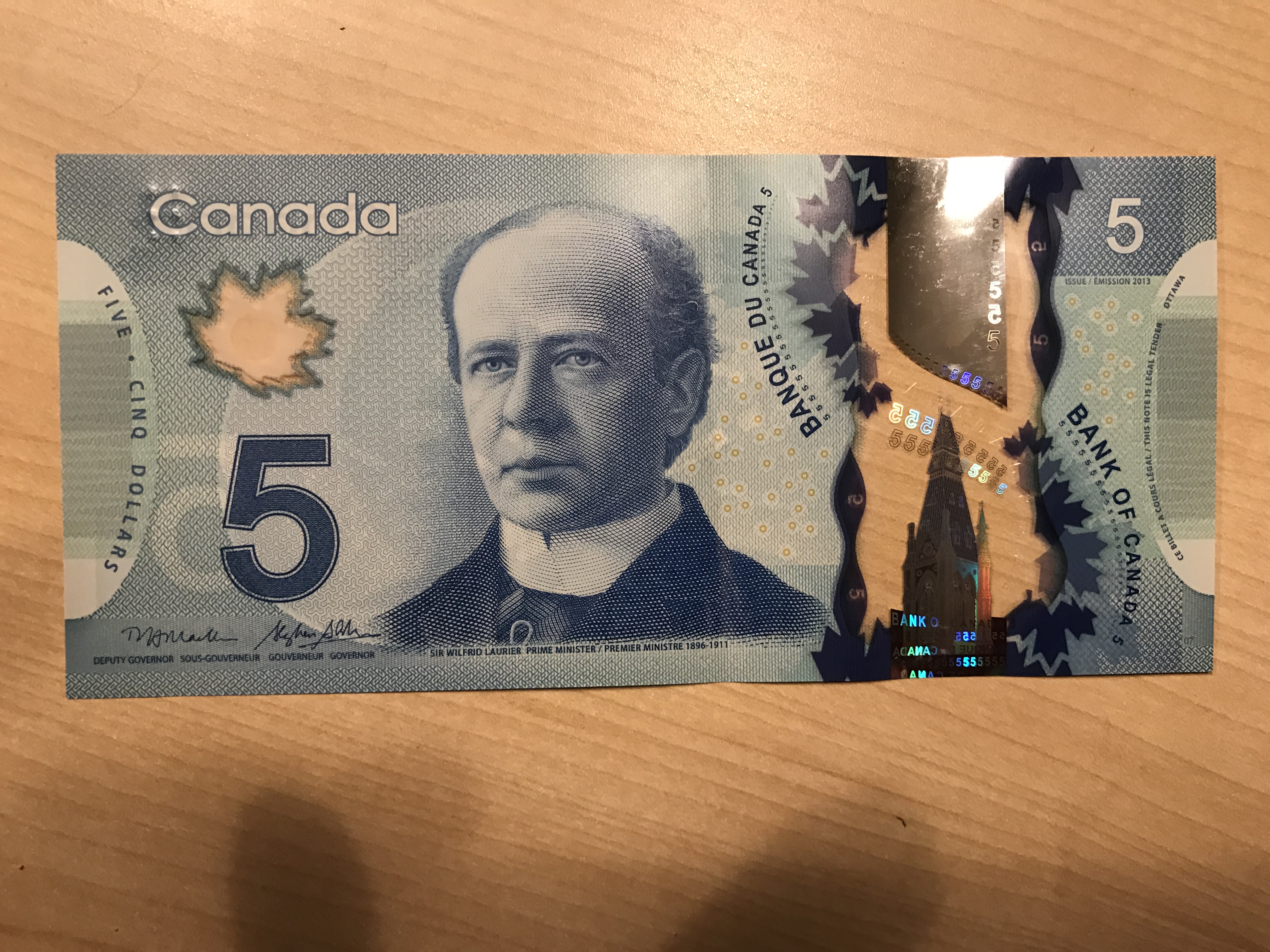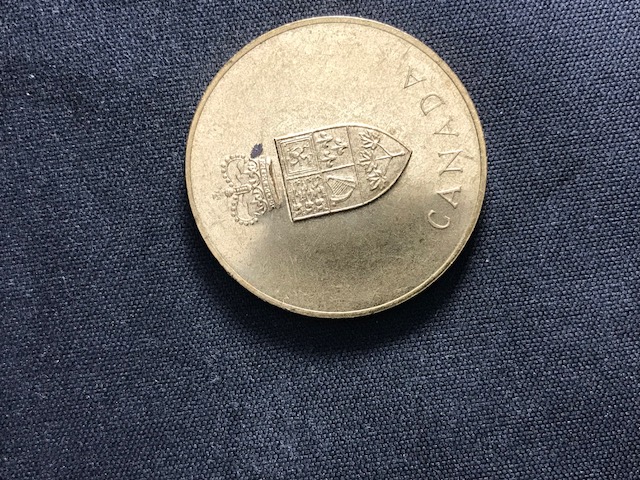Another dream coming true. I guess I don’t have big dreams, or I’m just way too lucky. I had to go back to Ottawa for a few days, when I thought I missed out on the Currency Museum. Last year when I was in Ottawa, it was just before it opened, so I only missed it by a few weeks.
It was an odd start to a week, wasn’t too promising that after three short flights I arrived to Fredericton at 2:30 on a Monday morning, and I had to start teaching around 9 am. Until then, I had to find the hotel, and get some sleep. I didn’t do too well with the sleep part. I almost declared it “one of those days”, but things turned around quickly, the team I was working with was wonderful, and I had a big dinner coming up. I got to meet a fellow numismatist from the area whom I knew for a couple of years, and we frequently exchanged emails. I always wrote to him when I traveled to Canada, just in case he would be in the same city, but given the size of Canada and our different work, there was almost no chance. Until, I got an assignment about an hour from where Kevin lives, so I wrote again, and this time we were able to meet up for a dinner. We had a great meal, great conversation, it was the perfect way to spend a free night in Fredericton.
The next day I had to travel on to Ottawa, another thing I was very much looking forward to. Prior to the trip, I wrote to the currency museum, asking for a guided tour. Michelle Prévost Bisson promptly got back to me, and arranged the tour of a life time. I have to admit that I wasn’t flexible at all. That is, I only had one available day, and even then, just enough time to come in from the airport just before closing. That was it, I was concerned I’d have to miss it if that particular hour wouldn’t work for them. But they made it happen. Michelle arranged a meeting with Paul Berry, the chief curator of the museum, also accompanied by Patricia Measures.
The Bank of Canada’s currency museum started from the National Currency Collection, but today it has an international approach. Probably it is the most comprehensive collection one can find on Canadian coins, currency, or other trade artifacts, but it includes other objects related to minting and engraving money. However, the list of objects cannot be summarized in one sentence. The museum has over a hundred thousand objects.
Before the visit, I received an email asking me about what I would like to see. This is always the hardest question, as I wrote about this before. I don’t want to be too specific, because what I want to handle may not be what is special in a given museum, but after all, it is also not fair to the museum staff to say just anything, such a request doesn’t help. So, I decided to ask for anything Canadian, of course, though this wasn’t too specific either, but Mr. Berry really went out of his way to make it outstanding. The second request I had if they had anything East African, as that’s my current collecting focus. After I sent out my email, Michelle came back to me with a list of items they proposed to show me. Of course, I was excited about all of them, either because I never touched those items before, or I had no idea what they were.
I’m not sure if I can remember all the things in order, but I got to touch the following items:
- An ancient Roman aes grave, which is a large bronze coin, but much thicker than what one would imagine when thinking about a coin. It is interesting to imagine how such large bronze objects were carried around as forms of payment. Well, if they were…
- Chinese silver ingot: an approximately square shaped block of silver, with thinner pieces sticking out of it, it was about 5 ounces. This description didn’t do justice to this object, but it is hard to describe comparing it to anything I know. I had no idea such things existed.
- A Katanga cross from West Africa: a very simple brass cross, used also as a form of payment, several kinds exist, this one was approximately an X shaped one.
- Tiger Tongue from Thailand: a short skinny piece of silver, with stamps on the bottom, used as currency. I learned that there are some fake ones circulating, but all of the objects I have seen here were original.
- Swedish plate money:
I absolutely had no idea such things existed, or what to expect in the first place. I have heard about Swedish plate money, but I didn’t know too much about it, I imagined it to be much smaller and lighter. It has five sections, with the denomination in the middle. Again, hard to describe, it was interesting, heavy, and nothing what I imagined it to be. - Silver beaver used in the fur trade: it is small, like an ornament, it even has a little ring attached to it to hang it up by. It was used for trade.
- Galvano of Canadian 25 cent piece:
again, something I had no idea about, I have heard about galvanos, but just enough to know they existed. It is the large, plate size copy of a coin, created by the engraver. Mr. Berry explained how they used them to create smaller versions of a coin. This was the first version of a coin which was large enough to feel each detail, I could read all the text, and really feel the details of the caribou. - Engraving tool used by G. Gunderson: it was amazing to hold something an engraver was personally working with.
- American Rocker scale: this scale has holders for the different gold coins, I wasn’t sure how to measure the weight of the coins with it.
After this great selection of artifacts, I had a chance to touch some other objects used for education programs for kids. One of those was a beaver skin, which was the equivalent of a silver beaver I touched earlier. We also had a discussion around how it would be interesting to create a tour for blind children, similar to what they did at the Smithsonian museum.
I have known or heard about most of these objects, but without this overview I would have absolutely no idea what they look like. Anybody who wants to learn about these objects can look them up on the internet, for me the only way to get an idea is to hold them in my hands. These museum visits are very unique, I get to experience things probably once in a lifetime.
What is a quick internet search for some, it is an experience of a lifetime for me. Chances are, I will never touch these objects again. After all, if I have a chance to come back again, I’d like to get to know something new from this huge collection.
Thank you to all of you to make this tour happen, I really appreciate it!



